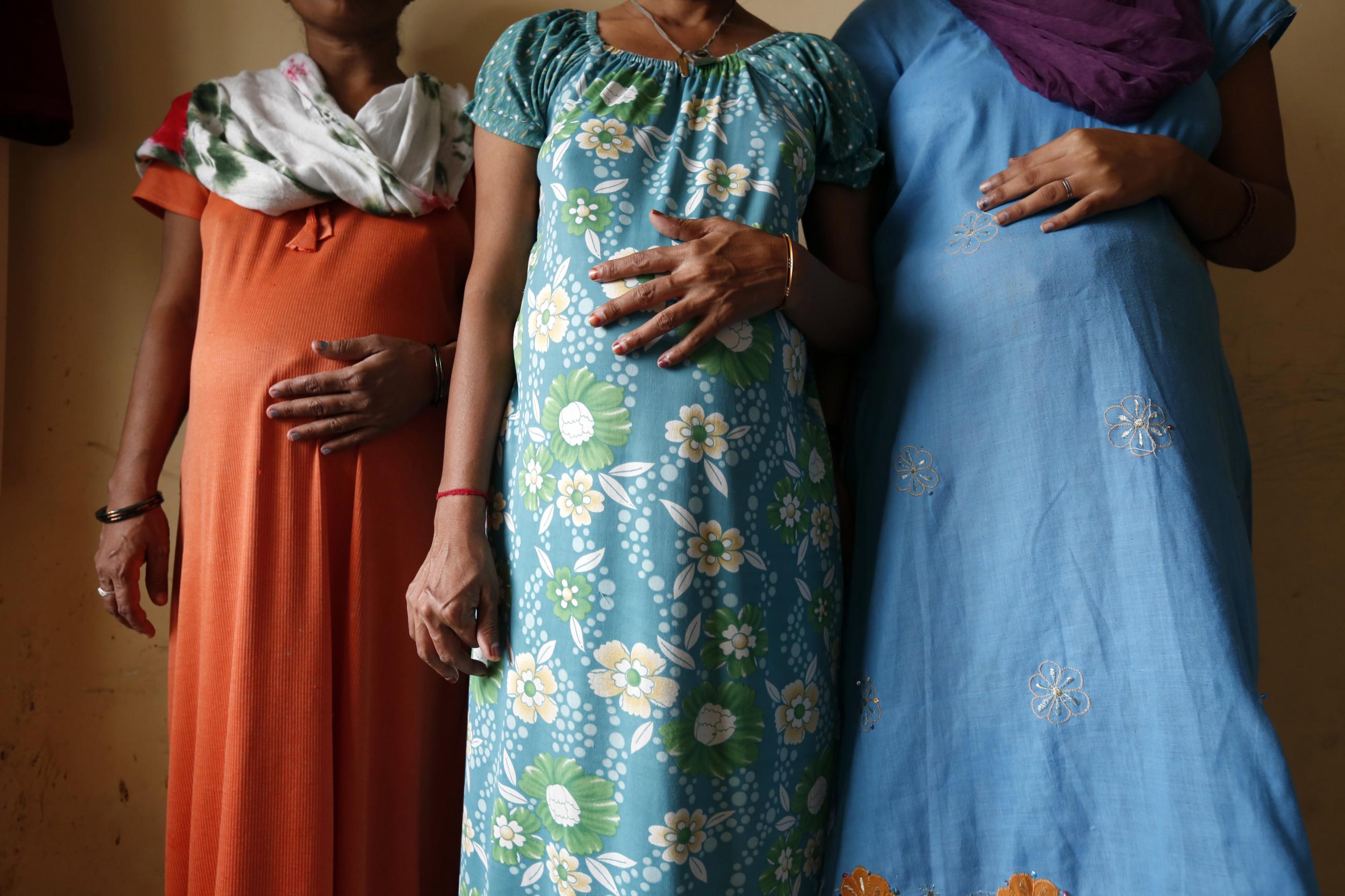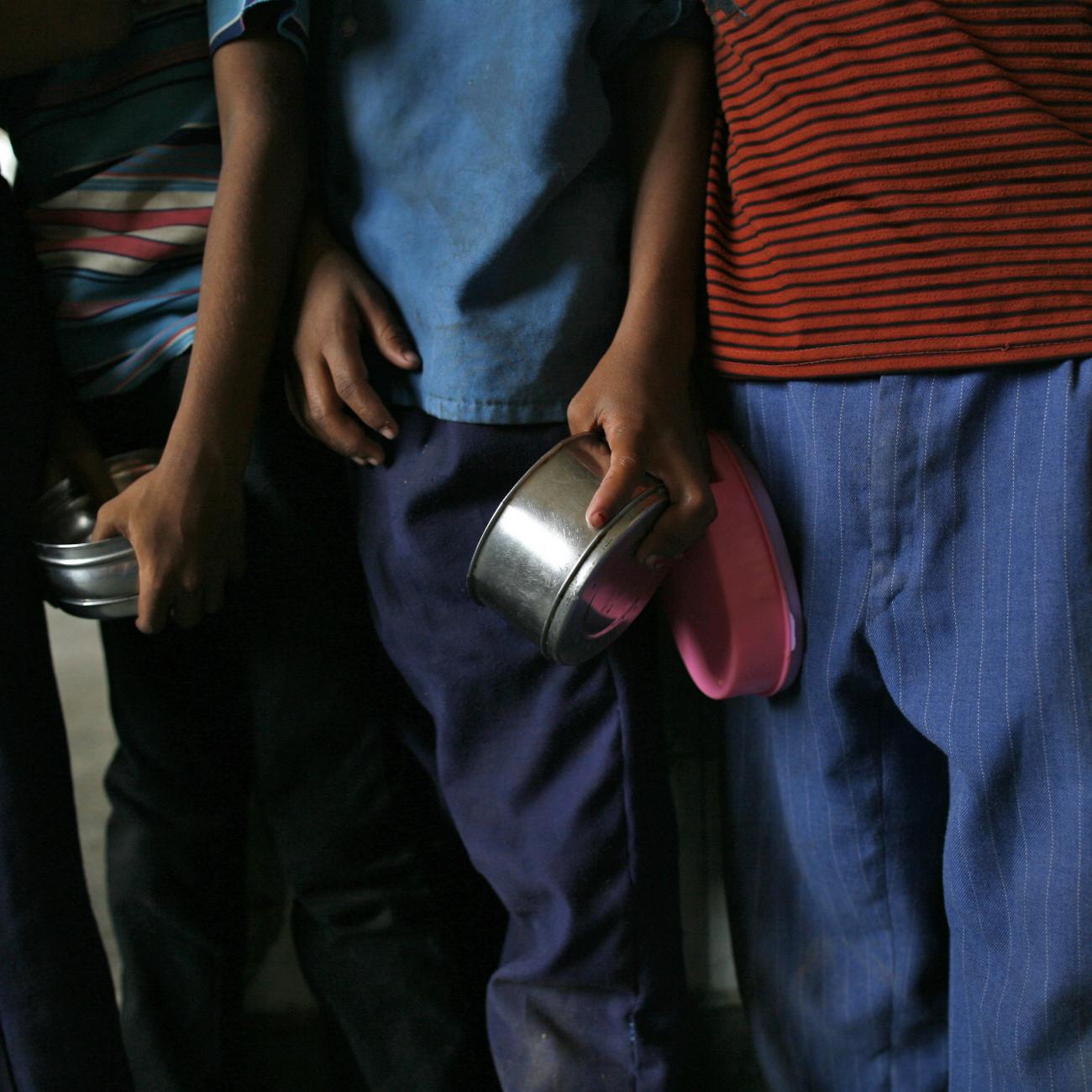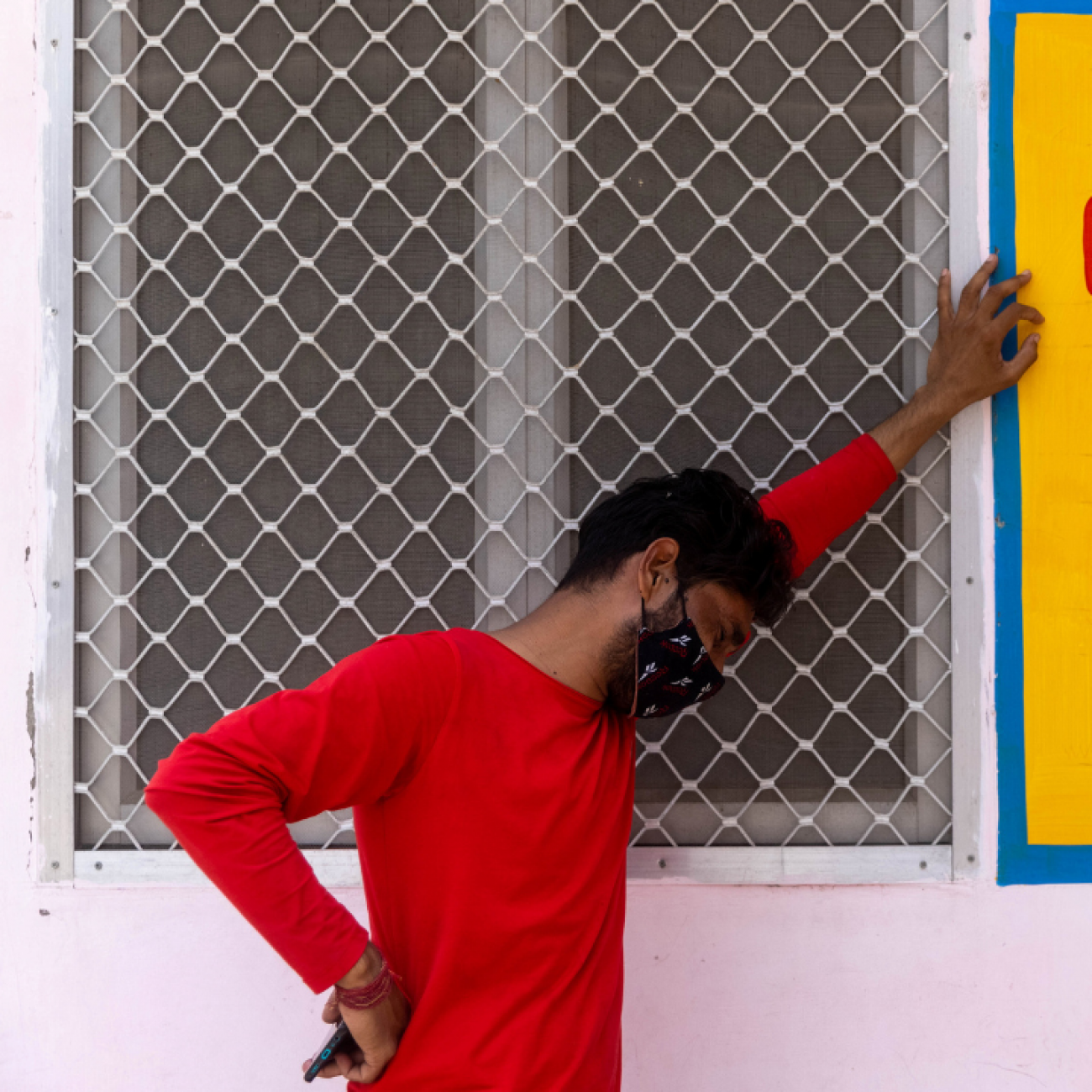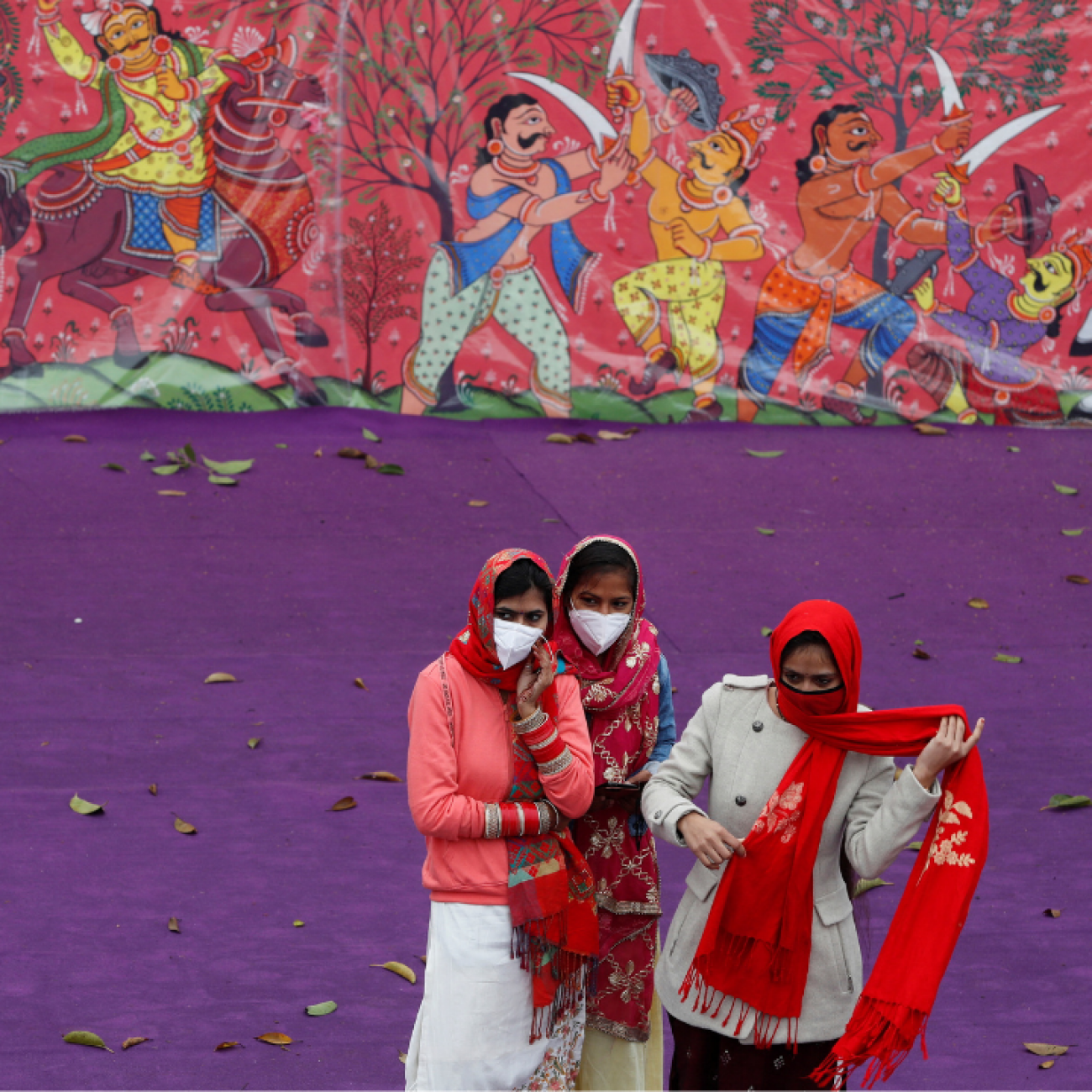Most Indian grandparents have witnessed at least one famine, in addition to India's omnipresent food poverty, during their lifetime. Arguably, their perception of "good health" is built on ideas around nutrition and the notion that good food is their first-line medicine. This has always been true for people in India and other parts of the world where poor nutrition causes more damage to children and mothers than most other diseases or catastrophes.
In India, a country of 1.4 billion, one child is born every two seconds. But not every child survives or lives a healthy life. Some of the most detrimental birth defects include neural tube defects—when the central nervous system structures (the spinal cord and brain)—do not form fully during embryo development. The prevalence in India has been found to be as high as thirteen and seventeen cases per ten thousand live and stillbirths.
In India, perception of "good health" is built on ideas around nutrition and the notion that good food is first-line medicine
Two neural tube defect-related conditions, anencephaly (an underdeveloped brain and incomplete skull formation) and spina bifida (an underdeveloped or incompletely closed spinal cord) dominate neural tube defect cases with twenty-one and nineteen cases per ten thousand births, respectively. Population surveys of rural regions in North India have found even higher neural tube defect prevalence rates of about twenty-four and fifty-one cases per ten thousand live and all (live and still) births.
With India’s high birth rate, these numbers translate to several hundred thousand neural tube defect cases, according to estimates from the Global Burden of Disease (GBD) study. Beyond the disease burden and the emotional toll on those affected, there is an economic burden of neural tube defects.
Prenatal Supplementation in India
Neural tube defects are largely preventable, unlike some other congenital defects. Folic acid (FA), a type of Vitamin B, when consumed by women before pregnancy and in early pregnancy in recommended doses, can significantly reduce the risk of spina bifida and anencephaly in newborns. Women can consume supplements or folic acid-fortified foods to obtain the recommended daily amount—400 micrograms (mcg) of folic acid a day—to reduce the risk of neural tube defects.
Consumption of combination iron/folic acid supplements among pregnant women is an important health policy indicator for antenatal care in India and is tracked by several sources including the National Family Health Surveys (NFHS) in India. Across two rounds of surveys, NFHS-4 (2015-16) and NFHS-5 (2019-21), the coverage of folic acid supplementation among pregnant women—pregnant women taking supplements for at least one hundred days—increased from 30.3 percent to 44.1 percent nationally.
Although widely implemented, the folic acid supplementation strategy has some important contingencies that health providers need to consider. Since the neural tube forms between four and six weeks after conception, folic acid supplementation to prevent neural tube defects is crucial within the first few weeks of pregnancy when many women may not be aware of their pregnancy. Starting a folic acid supplement later in pregnancy does not prevent neural tube defects. Early supplement consumption depends on several factors including public awareness, individual behaviors, preferences, and health-care access issues since the supplements are provided as part of prenatal care. In India, these factors influence compliance and lead to variability between rural and urban areas.
Why Fortifying Food With Folic Acid is Important for India
Consumption of folic acid fortified food is another method to avert cases of neural tube defects. In its 2009 recommendations for food fortification, the World Health Organization (WHO) also supported food fortification with folic acid to prevent neural tube defects. Globally, there is momentum toward mandating folic acid fortification for neural tube defects prevention. The Centers for Disease Control and Prevention (CDC) deemed mandatory folic acid supplementation one of the ten greatest in 2001–10. In 2021, the International Society for Pediatric Neurosurgery passed a resolution on mandatory folic acid fortification of staple foods for the prevention of neural tube defects. At the recent 75th World Health Assembly in 2022, stakeholders including the International Federation for Spina Bifida and Hydrocephalus; the Global Alliance for Prevention of Spina Bifida; and the Global Alliance for Surgical, Obstetric, Trauma, and Anaesthesia Care (G4 Alliance) called for global action to prevent neural tube defects through folic acid food fortification.
Mandatory folic acid food fortification is more effective than supplementation at reducing neural tube defect prevalence. Beyond effectiveness, mandatory folic acid food fortification programs have been shown to be cost-effective. Fortifying food with folic acid is safe and does not cause any significant harm. As of 2022, around ninety-one countries, mostly high-income, have mandated folic acid flour fortification including the US, Canada, and Chile among others. Recently, multiple African countries have also adopted mandatory fortification policies. However, such policies remain uncommon in Asia and Europe.
It has been estimated that implementation of folic acid fortification in countries without mandatory policy could have averted about 215,000 cases of spina bifida and anencephaly globally in 2019. In India, mandatory folic acid fortification of wheat and rice flour could have averted 22,006 cases in the country. Uttar Pradesh (4,085 averted neural tube defect cases), Bihar (2,364), and Maharashtra (2,084) would have been among the states that benefitted the most.
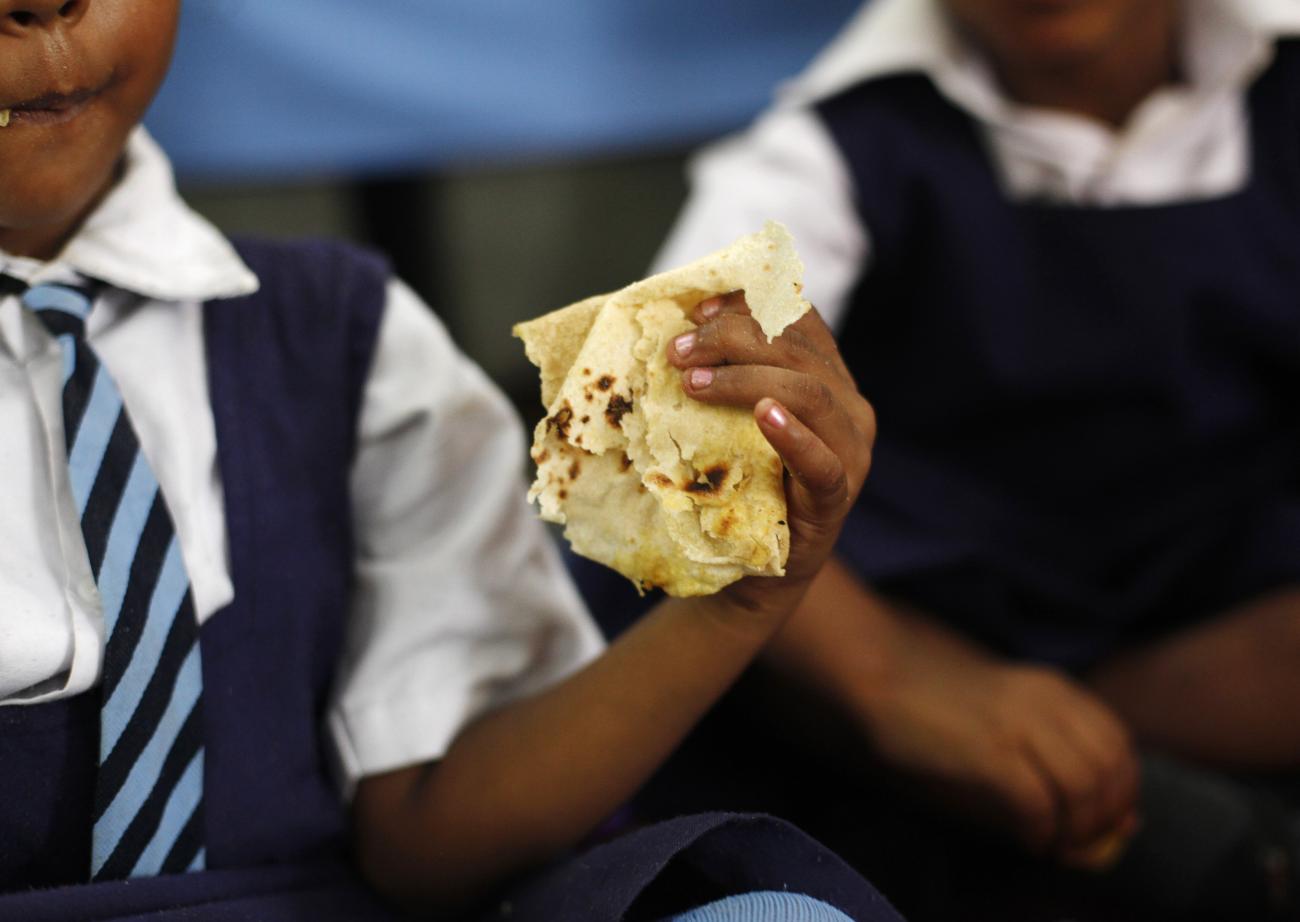
Diets and foods in India vary every few miles. While wheat-based foods are more common in northern parts, rice is a more common staple in southern states. Pulses consumed are diverse across regions depending on local crops and food traditions. Chicken and goat form major meats while milk and milk products including different forms of sweetened milk, curd, paneer, and buttermilk are common throughout the country. Meals typically include seasonal vegetables along with potatoes and onions being commonplace. Recent decades have seen a major movement toward food fortification in India. For instance, in 2000, West Bengal was the first state in India to attempt the distribution of fortified wheat flour (iron, folic acid and B12) through its Public Distribution System—a food security system to provide grains at affordable prices to the needy—under its Micronutrient Initiative. Gujarat followed the West Bengal model and started the distribution of fortified wheat flour through the Public Distribution System in 2006.
As of April 2022, in response to a centrally-sponsored 2019 pilot scheme, Fortification of Rice and its Distribution Under Public Distribution System, folic acid- and iron-fortified rice are being made available across two hundred fifty-seven districts in fifteen states (Andhra Pradesh, Gujarat, Maharashtra, Tamil Nadu, Chhattisgarh, Uttar Pradesh, Odisha, Telangana, Uttarakhand, Madhya Pradesh, Kerala, Karnataka, Assam, and Jharkhand) covering more than eleven million beneficiaries through the Indian government's Mid-Day Meal program run in schools and anganwadis (child care centers) and Public Distribution System scheme. The plan is to provide fortified rice in all government nutrition-related schemes throughout the country by 2024.
The rice fortification program has several drawbacks and challenges. The fortification efforts in India till now have aimed to address micronutrient—iron, folic acid, and vitamin B12—deficiencies and the resulting malnutrition and anemia, thereby completely neglecting neural tube defects among children. The folic acid dosage used in the rice fortification program is in line with recommendations by the Food Safety and Standards Authority of India (FSSAI) 2018 guidelines (for example, 12.5 micrograms/100 grams). However, this is more than ten times lower than FSSAI 2016 guidelines and WHO recommendations, which are 130 mcg/100 g. It is also in stark contrast to global literature. The average folic acid dosage in countries with mandatory fortification is 179 mcg/100 g, with dosage variations across countries. The CDC, American Medical Association, and American Academy of Pediatrics have suggested a dose of 350 mcg/100 g to prevent neural tube defects. Concerns surrounding low folic acid dosage have led to calls for revising the FSSAI 2018 standards by national and global food fortification organizations including the India Birth Defect Prevention Task Force and the Food Fortification Initiative.
Wheat is the second most commonly consumed food grain in India
Wheat is the second most commonly consumed food grain in India. Including folic acid fortified wheat flour in the program will ensure better population coverage and neural tube defects prevention where it is most needed, especially in Uttar Pradesh, Bihar, Rajasthan, and Madhya Pradesh—the geographically large and densely populated states in North and Central India. These states are predominantly wheat consuming, have limited coverage of folic acid supplements for pregnant women and suffer from a large neural tube defect burden.
The Public Distribution System covers up to 710 million Indians, mainly those living below the poverty line, who are vulnerable when it comes to food and nutrition. Providing FA-fortified rice through PDS can have a massive impact on neural tube defects prevention in this particular population. However, steps need to be taken to ensure neural tube defects prevention among the other 50% of people who are not covered by the Public Distribution System. One way to achieve this would be mandating folic acid fortification at the level of commercial flour manufacturers and grain wholesalers through state-led regulations.
A major impediment to any such program in India is quality control in implementation. Involving national and international food fortification agencies that have collaborated with Indian states to provide expertise in implementation and quality checks for fortification is crucial. For example, in Haryana, the Food Fortification Initiative, has assisted in fortifying wheat flour with 130 mcg/100 grams of folic acid distributed to beneficiaries of the Public Distribution System scheme, Mid-Day Meal program, and Integrated Child Development scheme.
Since gaining independence in 1947, India has always strived to build better lives for her children. When it comes to neural tube defects, there is a problem, a clear fix, and a mechanism to deliver that fix. There should not be any room for failure. Mandatory folic acid fortification isn’t just about food, it is about fortifying the healthy futures for the children of India—expected to become the country with the largest population by 2022.
